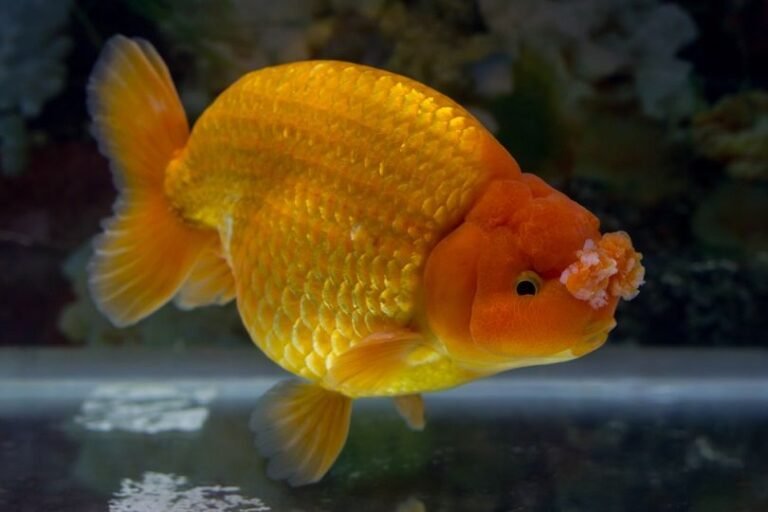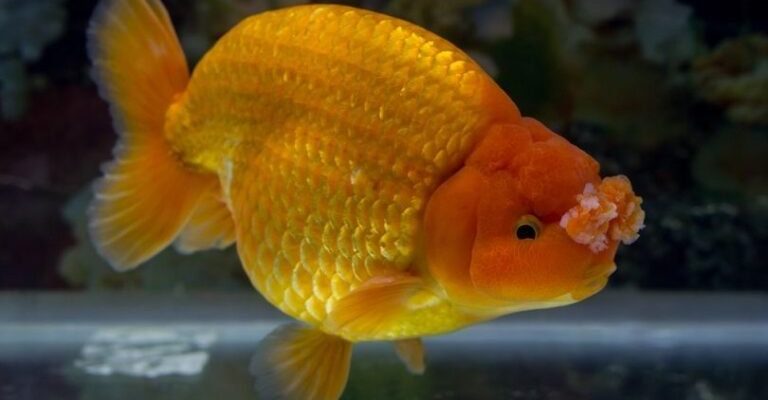
Whether you’re a new goldfish owner or have had your fish for a while, learning about these health issues is crucial. Not only will it help you recognize when something’s off, but it will also guide you in providing the best care possible. So grab a cup of coffee, and let’s dive into the aquatic world of goldfish health!
Recognizing Signs of Illness in Goldfish
Before we get into specific health problems, it’s essential to know how to recognize when your goldfish is sick. Unlike dogs or cats, goldfish can’t tell you when they’re feeling unwell. Instead, you’ll need to pay close attention to their behavior and appearance.
Some signs of illness may include:
- Changes in swimming patterns: If your fish is swimming erratically or floating at the surface, it could indicate distress.
- Loss of appetite: A healthy goldfish will eagerly come to the surface for food. If yours is ignoring meals, something might be wrong.
- Physical changes: Look for abnormal growths, discoloration, or damaged fins.
If you spot any of these symptoms, it’s time to take a closer look. It’s like when you notice a friend isn’t acting like themselves; you instinctively check in to see what’s wrong.
Goldfish Ich: The White Spot Disease
Ich, short for *Ichthyophthirius multifiliis*, is one of the most common problems that goldfish face. Often described as white spots or sores on their bodies, this pesky parasite feels like a bad case of the flu for our aquatic pals. Just like humans, goldfish can become stressed and run down, making them more susceptible to this disease.
If you suspect your goldfish has Ich, look for these signs:
- White spots on the fins, body, or gills
- Scratching against objects
- Increased gill movement (as if gasping for air)
Treating Ich usually involves raising the water temperature and adding aquarium salt to the tank. Increasing the temperature helps accelerate the life cycle of the parasite while the salt aids healing. Just think of it like giving your goldfish a warm, soothing bath when they’re feeling under the weather.
Swim Bladder Disorder: A Buoyancy Issue
Have you ever seen a goldfish floating upside down or struggling to swim? This could be a sign of swim bladder disorder. This condition affects the fish’s ability to control its buoyancy, making it hard to stay oriented in the water. It can happen due to overfeeding, constipation, or infection.
If your goldfish seems to have lost its balance, here’s what you can do:
- Check if your goldfish is constipated by offering a special diet of cooked peas or daphnia, which can help clear their system.
- Avoid overfeeding—stick to a feeding routine of small amounts once or twice a day.
- Consider lowering the water level in their tank to make swimming easier during recovery.
The key here is to be patient as your goldfish recovers. Just like a friend who’s sprained their ankle, they might need some time before they’re back to their old selves.
Fin Rot: A Bacterial Infection
Fin rot is another common ailment that can affect goldfish. It occurs when the fins become ragged or begin to deteriorate due to bacterial infection or poor water quality. If you notice your goldfish’s fins looking like they’re fraying, it’s time to take action.
Treatment for fin rot involves:
- Improving water quality with regular changes and good filtration.
- Adding a salt bath or a suitable antibacterial medication to the tank.
- Isolating the affected fish to prevent spreading if you have multiple goldfish.
It’s important to act quickly, as untreated fin rot can lead to more severe health issues. Think of it like putting a Band-Aid on a cut before it gets infected—you want to intervene early!
Fungal Infections: The Cotton-Like Growth
Fungal infections can appear as fuzzy or cotton-like growths on your goldfish, not unlike a cotton ball stuck to its body. These infections often arise from stress, poor water quality, or injury. So, if you see what looks like mold on your fish, it’s time to pay attention.
To treat a fungal infection, follow these steps:
- Improve the water quality: Make sure the tank is clean, with appropriate filtration and temperature.
- Use a specialized antifungal treatment designed for aquarium use.
- Remove any uneaten food and debris to reduce the risk of further infection.
Treating fungal infections can take time, but with diligence and care, your goldfish can bounce back. It’s like nurturing a friendship; you might need to put in extra effort when things are tough.
Stress: The Silent Health Issue
Believe it or not, stress can seriously impact a goldfish’s health. Factors like overcrowding, sudden temperature changes, and inadequate diet can lead to stressed-out fish. Imagine being in a cramped elevator with no exit—it’s not a pleasant experience!
Signs of stress in goldfish include:
- Hiding or staying at the bottom of the tank
- Color fading or dullness
- Rapid gill movement
To reduce stress levels:
- Avoid overpopulating the tank—stick to the rule of having one inch of fish per gallon of water.
- Maintain stable water conditions, temperature, and pH levels.
- Provide hiding spots and plants to give your goldfish a sense of security.
The goal here is to create a peaceful environment where your goldfish feels safe. After all, a happy fish is a healthy fish!
Preventing Health Problems in Goldfish
Prevention is always better than cure, especially when it comes to goldfish health. Regular maintenance and good practices can help keep your fish thriving. Here are some tips to keep in mind:
- Regular water changes: Change 20-30% of the water weekly to maintain clean conditions.
- Quality food: Feed a varied diet that includes high-quality pellets, flakes, and frozen or live foods for variety.
- Monitor water parameters: Regularly check the pH, ammonia, nitrite, and nitrate levels to ensure they are within safe ranges.
By investing time in maintenance, you’re giving your goldfish the best shot at a long, healthy life. Just like any relationship, the effort you put into care pays off in spades!
In conclusion, understanding common health problems in goldfish and knowing how to treat them can make a huge difference in your pet’s life. By recognizing the signs of illness, promptly addressing specific conditions, and focusing on prevention, you can ensure your goldfish stays vibrant and lively for years to come. Remember, every little effort goes a long way in keeping your aquatic friend swimming happily!

